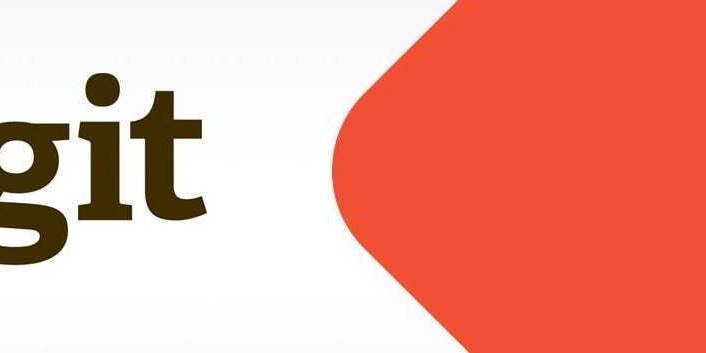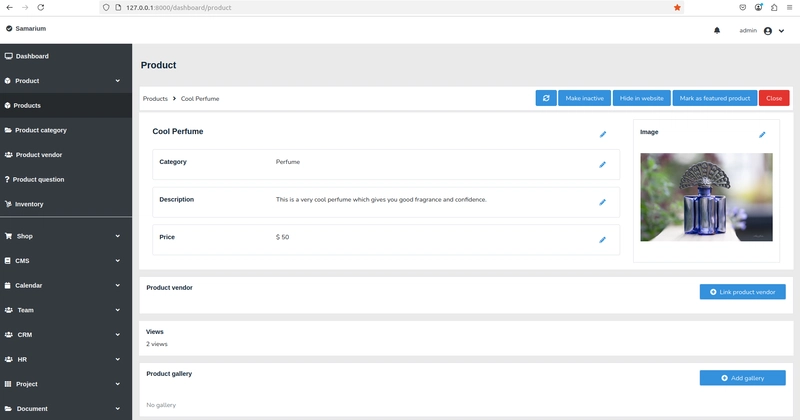Essential Git Commands Every Developer Should Know
Introduction Git is a powerful and widely used version control system that allows developers to track changes in their code, collaborate with team members, and manage projects efficiently. Created by Linus Torvalds in 2005, Git provides a distributed workflow, enabling developers to work on code simultaneously without conflicts. Whether you're working on a solo project or contributing to an open-source initiative, mastering Git is essential for streamlining development and maintaining code integrity. 1. Configuring Git Before using Git, you need to set up your identity: git config --global user.name "Your Name" git config --global user.email "your.email@example.com"` 2. Initializing a Repository To create a new Git repository in a project folder: git init This initializes a new Git repository in the directory. 3. Cloning a Repository To copy an existing repository from a remote source: git clone This creates a local copy of the repository. 4. Checking the Repository Status To see the current status of your working directory and staging area: git status This helps track changes and untracked files. 5. Adding Files to Staging Area To add specific files to the staging area: git add To add all modified and new files: git add . 6. Committing Changes To save changes to the repository with a message: git commit -m "Your commit message" Commits should be descriptive and meaningful. 7. Viewing Commit History To see a list of previous commits: git log For a condensed version: git log --oneline 8. Creating and Switching Branches To create a new branch: git branch To switch to another branch: git checkout Or, create and switch in one step: git checkout -b 9. Merging Branches To merge another branch into the current branch: git merge 10. Pushing Changes to Remote Repository To upload your local commits to a remote repository: git push origin Conclusion Mastering these Git commands will make version control more efficient and improve collaboration. Whether you're working solo or in a team, using Git effectively ensures that your code remains organized and recoverable. Do you have a favorite Git command that you use frequently? Let us know in the comments!

Introduction
Git is a powerful and widely used version control system that allows developers to track changes in their code, collaborate with team members, and manage projects efficiently. Created by Linus Torvalds in 2005, Git provides a distributed workflow, enabling developers to work on code simultaneously without conflicts. Whether you're working on a solo project or contributing to an open-source initiative, mastering Git is essential for streamlining development and maintaining code integrity.
1. Configuring Git
Before using Git, you need to set up your identity:
git config --global user.name "Your Name"
git config --global user.email "your.email@example.com"`
2. Initializing a Repository
To create a new Git repository in a project folder:
git init
This initializes a new Git repository in the directory.
3. Cloning a Repository
To copy an existing repository from a remote source:
git clone
This creates a local copy of the repository.
4. Checking the Repository Status
To see the current status of your working directory and staging area:
git status
This helps track changes and untracked files.
5. Adding Files to Staging Area
To add specific files to the staging area:
git add
To add all modified and new files:
git add .
6. Committing Changes
To save changes to the repository with a message:
git commit -m "Your commit message"
Commits should be descriptive and meaningful.
7. Viewing Commit History
To see a list of previous commits:
git log
For a condensed version:
git log --oneline
8. Creating and Switching Branches
To create a new branch:
git branch
To switch to another branch:
git checkout
Or, create and switch in one step:
git checkout -b
9. Merging Branches
To merge another branch into the current branch:
git merge
10. Pushing Changes to Remote Repository
To upload your local commits to a remote repository:
git push origin
Conclusion
Mastering these Git commands will make version control more efficient and improve collaboration. Whether you're working solo or in a team, using Git effectively ensures that your code remains organized and recoverable.
Do you have a favorite Git command that you use frequently? Let us know in the comments!











































































































































































![[The AI Show Episode 142]: ChatGPT’s New Image Generator, Studio Ghibli Craze and Backlash, Gemini 2.5, OpenAI Academy, 4o Updates, Vibe Marketing & xAI Acquires X](https://www.marketingaiinstitute.com/hubfs/ep%20142%20cover.png)




























































































































![[DEALS] The Premium Learn to Code Certification Bundle (97% off) & Other Deals Up To 98% Off – Offers End Soon!](https://www.javacodegeeks.com/wp-content/uploads/2012/12/jcg-logo.jpg)


![From drop-out to software architect with Jason Lengstorf [Podcast #167]](https://cdn.hashnode.com/res/hashnode/image/upload/v1743796461357/f3d19cd7-e6f5-4d7c-8bfc-eb974bc8da68.png?#)








































































































.png?#)

































_Christophe_Coat_Alamy.jpg?#)
 (1).webp?#)





































































































![Apple Considers Delaying Smart Home Hub Until 2026 [Gurman]](https://www.iclarified.com/images/news/96946/96946/96946-640.jpg)
![iPhone 17 Pro Won't Feature Two-Toned Back [Gurman]](https://www.iclarified.com/images/news/96944/96944/96944-640.jpg)
![Tariffs Threaten Apple's $999 iPhone Price Point in the U.S. [Gurman]](https://www.iclarified.com/images/news/96943/96943/96943-640.jpg)




































































































































